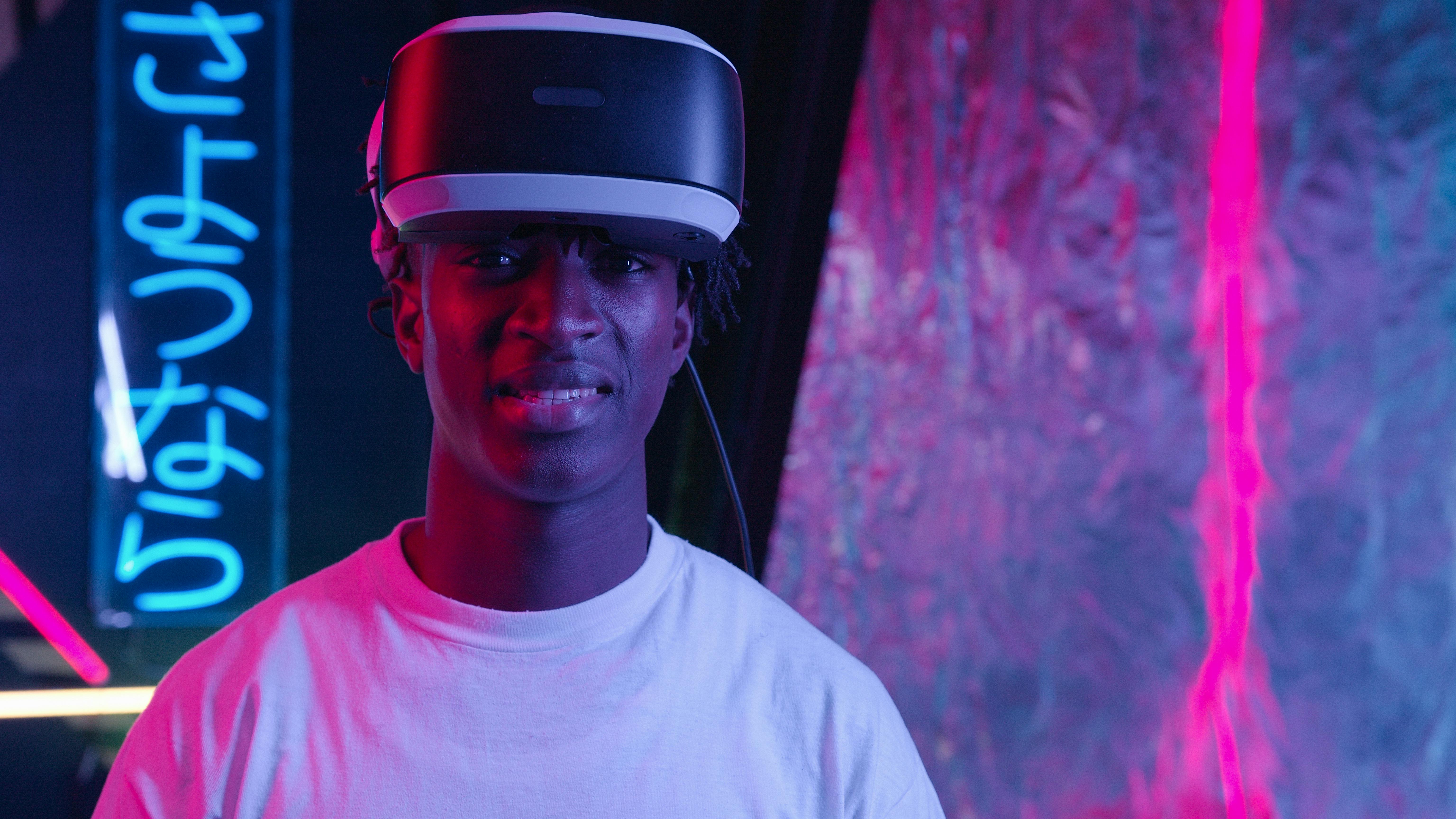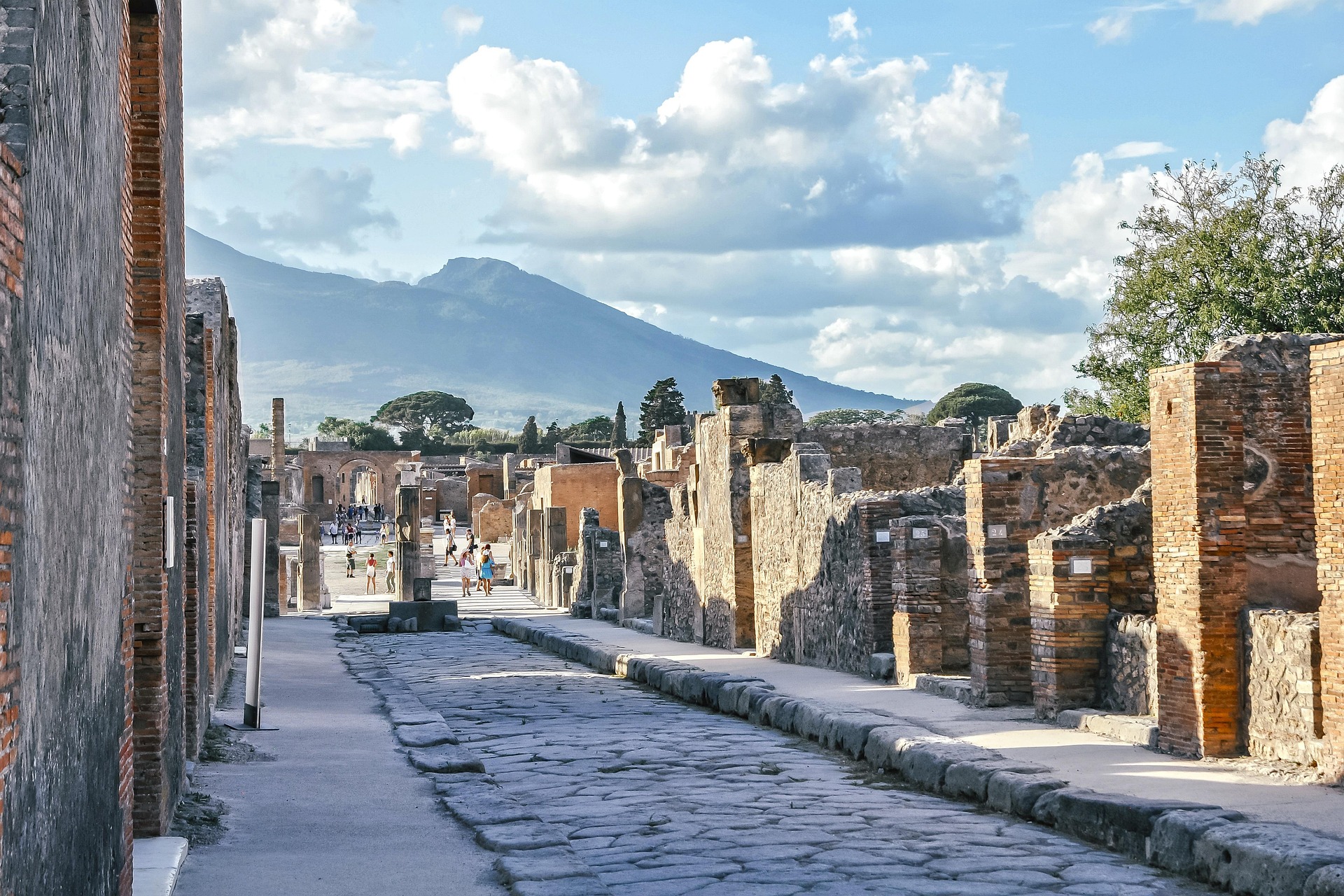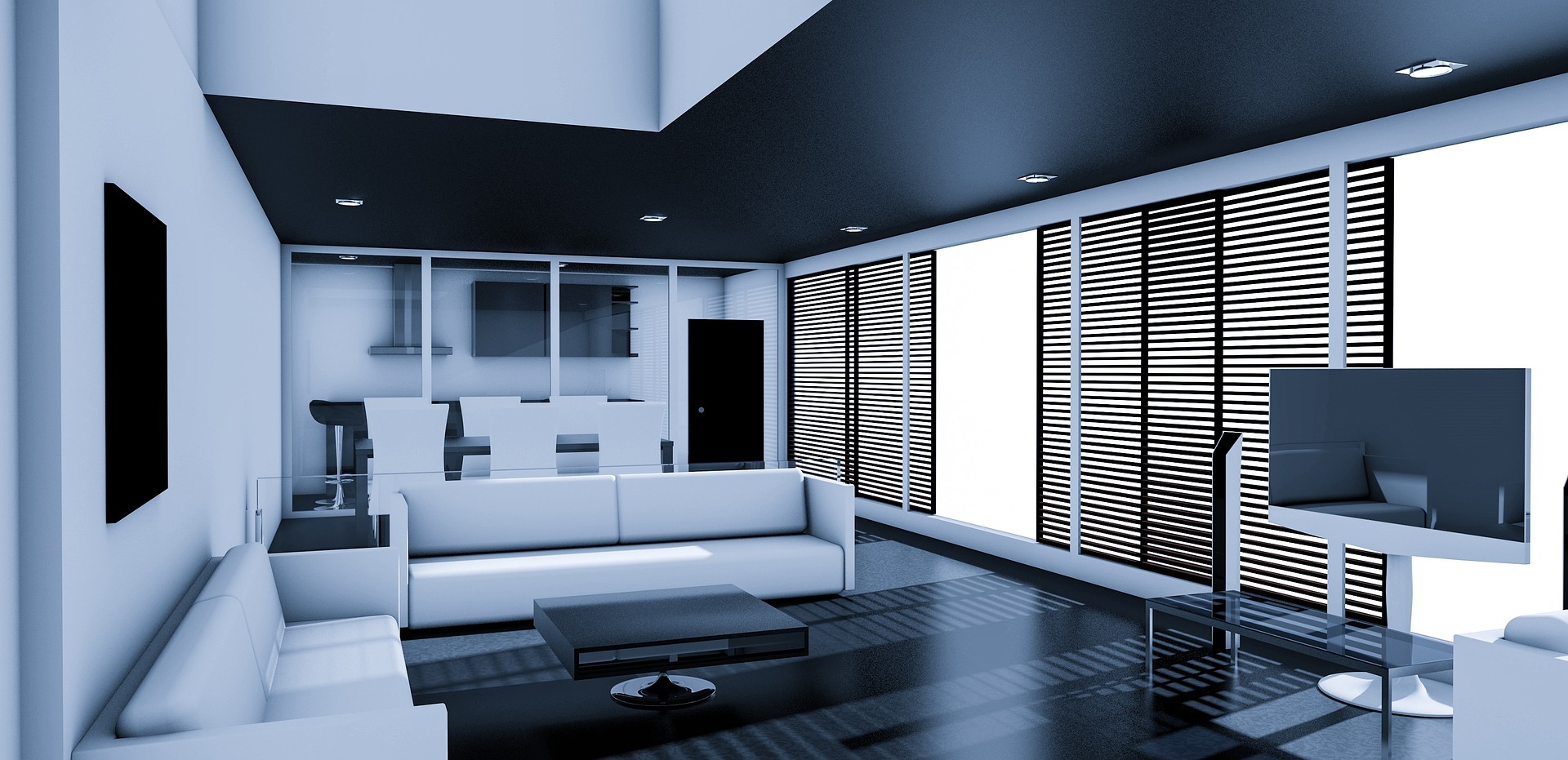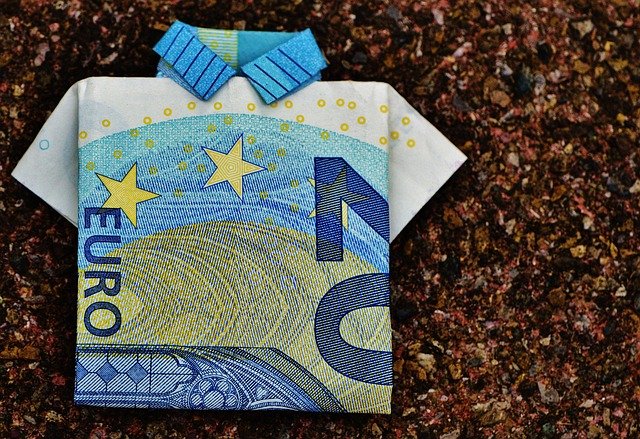Virtual Reality: The New Frontier in Performing Arts
Introduction: Embark on an exploration of the performing arts' latest stage: virtual reality. Discover how this technology is shaping the future of artistic expression and transforming the audience's experience. Virtual reality (VR) has been a hot topic in the tech world for several years, but its impact on the performing arts is just beginning to be fully realized. This technology offers artists an entirely new canvas, allowing them to break free from the physical constraints of traditional performance spaces. VR technology dates back to the 1960s but has seen a resurgence in the 21st century as advancements in technology have made it more accessible and versatile.

The Intersection of Tech and Art
Currently, VR’s use in the performing arts is still in its experimental phase, but the potential is vast. From theater productions that transport audiences to different worlds without leaving their homes to dance performances that invite viewers to step into the shoes of the performers, the possibilities are endless. This trend is more than just a novelty—it’s a testament to the ever-evolving nature of creative expression.
The Impact on Audience Experience
The adoption of VR in the performing arts pushes the boundaries of audience engagement. It allows for more immersive experiences, blurring the line between spectating and participating. The use of VR headsets enables audiences to interact with the performance in ways traditional theater cannot offer. This level of immersion is not just entertaining—it’s transformative, offering a whole new way to experience and appreciate art.
The Future of Performing Arts
While VR in the performing arts is still in its infancy, the potential for growth is immense. As technology continues to evolve, so too will the ways we engage with and experience art. The future may see VR becoming a standard part of the performing arts, with theaters and dance companies investing in the technology to enhance their productions and enrich their audiences’ experiences.
The Significance of Virtual Reality in Performing Arts
The integration of VR in performing arts signifies the industry’s willingness to adapt and evolve with technology. This move is not only innovative but also echoes the spirit of creativity and exploration inherent in the arts. The use of VR in performing arts challenges traditional norms and paves the way for more immersive, interactive, and innovative artistic experiences.
In conclusion, the intersection of VR and performing arts is a testament to the limitless possibilities of creative expression. As we look to the future, it’s clear that this technology will continue to reshape our understanding and experience of the performing arts. Its impact is not just a passing trend but a pivotal chapter in the continuing evolution of art and entertainment.





